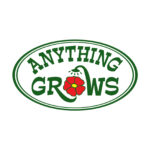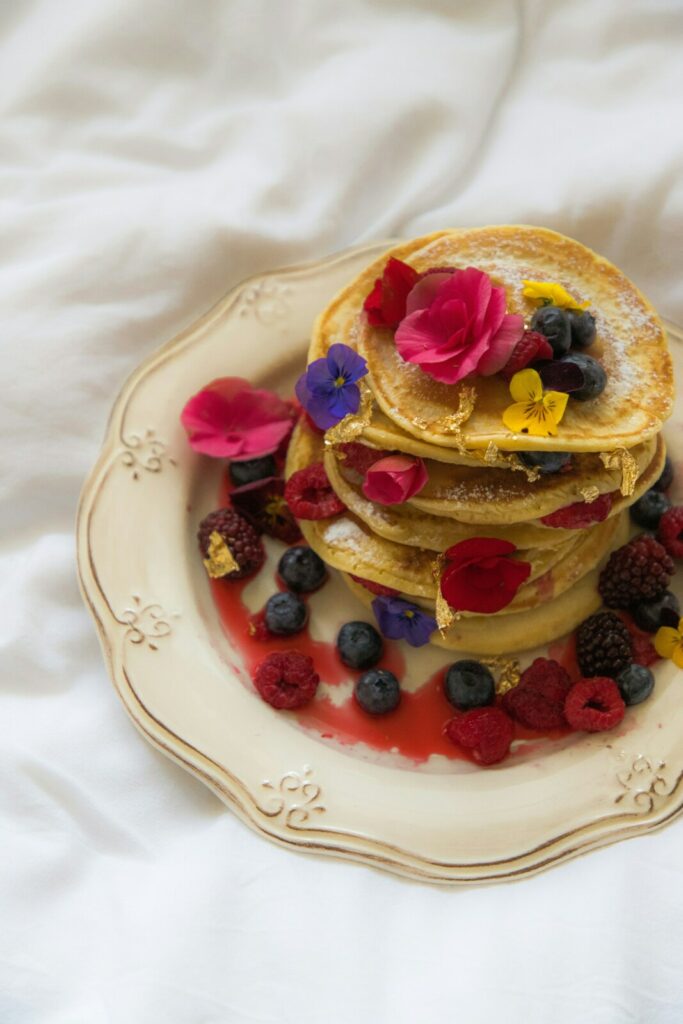It’s a common gardening frustration: “Nothing will grow there!” If you have a north facing yard, an awkward shady corner, or a side-bed that gets almost no sun, you probably know the feeling. You’ve tried plant after plant. Some of them die right away. Some of them show promise for a little while, but eventually wither, stop growing, and kick the bucket. If it’s any consolation, you’re not alone. Most gardeners know the feeling, and the good news is, It doesn’t have to be this way!
Continue reading for a quick breakdown on the different types of shade, and to identify the best options for your shade spot.

Let's Define Shady...
Shade looks different in everyone’s yard. The first step for success is to identify your shade type, so you can choose plants that would be the best fit for that spot!
Part Shade
These spots are shaded for 3-6 hours of the day, but get several hours of morning sun (less intense), OR an hour or two of afternoon/evening sun (more intense).
Full Shade
These spots get little to no sun at all, but do receive ambient light (for example, the shaded side of your house). Areas where there are structures blocking ambient light particles (like under your deck) are unlikely to be a good home for almost any plant. If this spot gets an hour or two of early morning sun, it should still be considered full shade, as morning sun is not intense enough for most plants.
Dappled Shade
These spots are shaded throughout the day, but get filtered sunrays through a partial covering (for example, under the branches of a spruce tree, beside a lattice wall, etc.). Dappled shade can be treated as ‘Part Shade.’
Here's How Shade Plants Work...
There are very few places that the sun truly cannot reach. Chances are, if you have a shady spot, it gets an hour or two of sun during the day (or if it’s shady all the time, there is still ambient or filtered light bouncing through the air). It’s true, that every plant needs light. No ifs, ands or buts about it. So the reason some plants can grow in a shady area is that they’ve adapted to capture limited or filtered light ultra-effectively, giving them an advantage over other plants.
Those plants whose species have adapted well to the shade over multiple generations of evolution actually prefer a shady spot, and are best suited to a full or dappled shade location. Those plants who have adapted to tolerate shady spots will survive and slowly grow, but will prefer a better dosage of sunlight, and are more suited to a part shade location.
So Which Plants Will Work in My Shady Spot?
Here are some hardy Alberta perennial plants that are suited for shade:
Full Shade
Bergenia
Bugleweed
Ferns
Hosta
Ligularia
Lily of the valley
Lungwort (Pulmonaria)
Primrose
Snow on the Mountain (Goutweed)
Solomon’s Seal
Part Shade / Dappled Shade
Astilbe
Bleeding Hearts
Coral Bells (Heuchera)
Cranberry Bush
Ferns
Honeysuckle
Hosta
Hydrangea
Lady’s Mantle
Ligularia
Nettle (Lamium)
Rock cress
Snow on the Mountain (Goutweed)
Solomon’s Seal
Keep in mind that in the shady parts of your yard, the soil is likely to stay moist longer than your sunny spots, but your plants will still need regular watering (especially if they are new!). Simply keep an eye on the soil, and water when it’s dry to the touch.
You can find most (if not all) of these perennials at our Garden Center in the spring and summer! Find them on our website to learn more about each one.
Happy Gardening!



